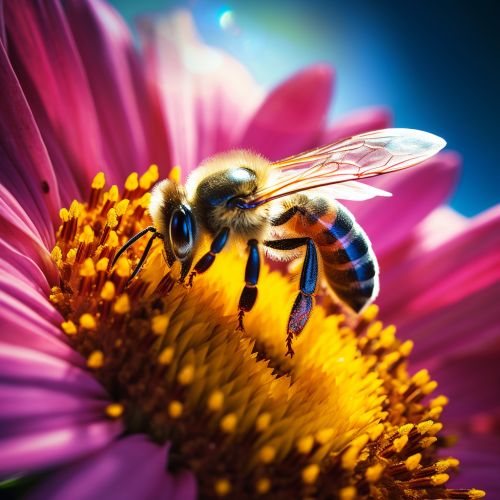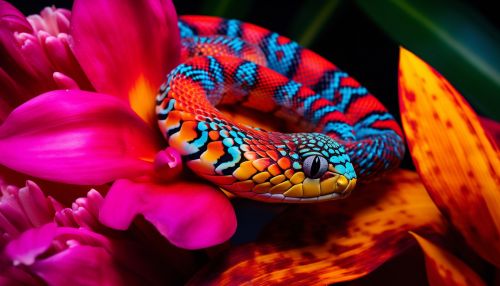Pollination syndrome
Introduction
Pollination syndrome refers to the suite of flower traits that have evolved in response to natural selection imposed by different pollinator groups. These traits include flower shape, size, color, odor, reward type and amount, nectar composition, timing of flowering, etc. The concept of pollination syndrome has been widely influential in the study of flower evolution. However, it has also been criticized for being overly simplistic.
Evolution of Pollination Syndromes
The evolution of pollination syndromes is a complex process involving multiple selective pressures. It is thought to be driven by the interaction between plants and their pollinators, with each exerting selective pressures on the other. This process, known as coevolution, can lead to the development of highly specialized traits in both the plant and the pollinator.
Types of Pollination Syndromes
There are several types of pollination syndromes, each associated with a specific group of pollinators. These include:
Entomophily
Entomophily is a form of pollination whereby pollen is distributed by insects, typically bees, wasps, moths, butterflies, and beetles. Flowers pollinated by insects often have bright colors, strong fragrances, and offer nectar as a reward.
Anemophily
Anemophily or wind pollination is a form of pollination where pollen is distributed by wind. Plants that use this method often have small, inconspicuous flowers and produce large amounts of lightweight pollen.
Zoophily
Zoophily is a form of pollination whereby pollen is distributed by vertebrates, particularly birds and bats, but also by other animals such as rodents. Flowers pollinated by birds often have bright red or orange colors, while those pollinated by bats often open at night and have a strong, musty odor.
Criticism of the Pollination Syndrome Concept
While the concept of pollination syndrome has been influential in the study of plant-pollinator interactions, it has also been criticized. Critics argue that it is overly simplistic and does not account for the complexity and variability of plant-pollinator interactions in nature.
See Also


